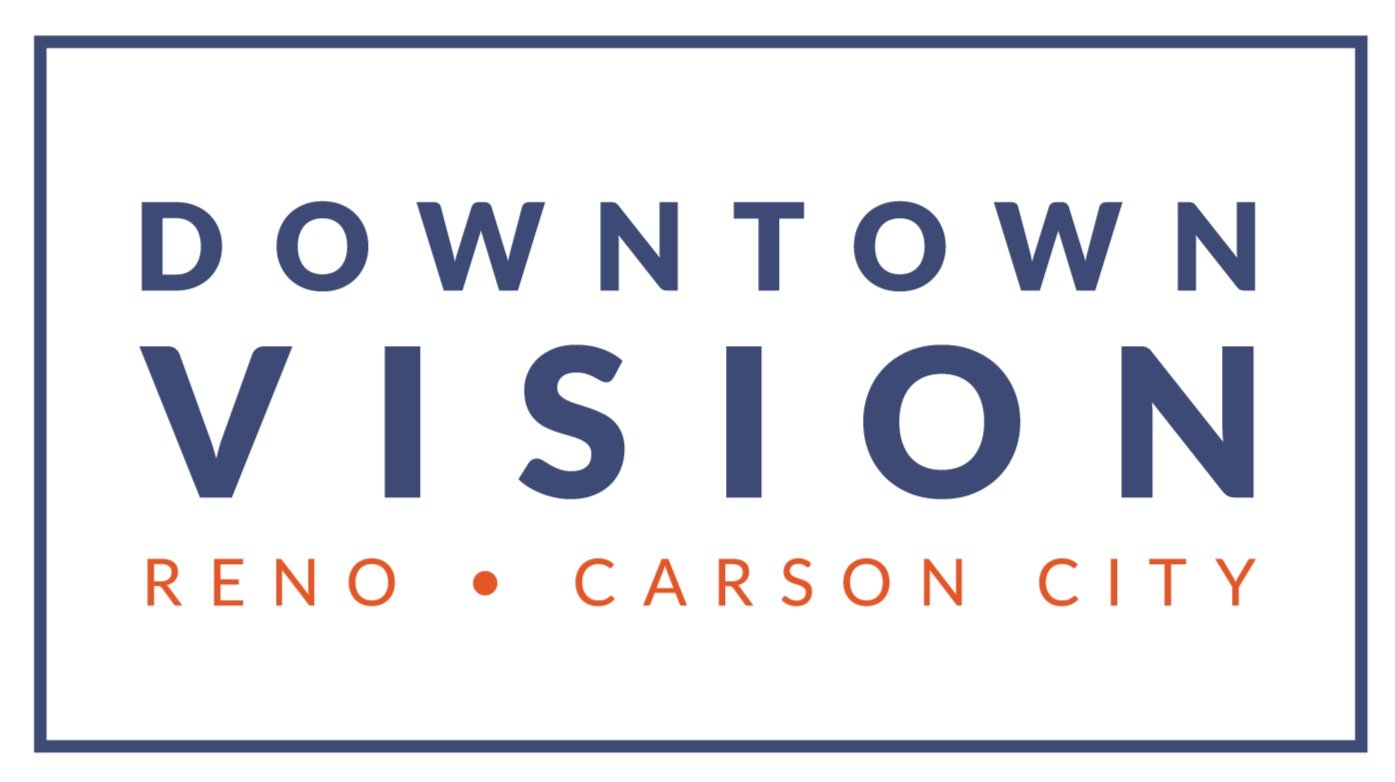Low Vision: What you need to know
Currently, 4.2 million Americans over the age of 40 are visually impaired according to the National Eye Institute. About 3 million of these people have low vision. But what is low vision?
Low vision is a type of vision impairment in which those affected still have difficulty seeing even with the help of regular glasses, contact lenses, and surgical procedures. This impairment usually occurs with people aged 65 and older. Its leading causes are age-related macular degeneration, cataracts, and glaucoma. Advanced retinopathy due to Diabetes, hypertension, and/or cardiovascular events can also have just as much impact on vision and lead to significant vision loss.
While low vision is not fully correctable with typical treatments, there are specialists that can work with those affected to create a personalized rehabilitation plan.
What does rehabilitation look like?
Rehabilitation for low vision is dependent on the person’s everyday needs. It mostly focuses on teaching skills to live safely and independently. These teachings include: the use of magnifying devices, technologies in which those affected can maximize their remaining vision, and doing things in alternative ways that utilize other senses like touch and hearing. Typically, treatment begins following a low vision exam.
What does a low vision exam look like?
Low vision exams look at the entire vision and medical histories of the patient. They typically can take longer than an annual eye exam. Why? The purpose of this exam is to not only assess vision, but to assess the functional needs and limitations of the patient's sight. This helps the low vision specialist in prescribing therapies, rehabilitation plans, and general skills to live a safe, independent life.
By 2030, visual impairments are projected to grow to 7.2 million. 5 million being those that have low vision. As the population ages, it is more important than ever to stay up to date on annual eye exams and be proactive when it comes to eye health!
It cannot be stressed enough just how important an annual comprehensive eye exam is in aiding in earlier detection and the treatment/management of these conditions. Earlier detection means we have a fighting chance in preventing individuals from reaching devastating levels of impaired vision. - Dr. ANN CARDONA, O.D.
As you can imagine, low vision does not only affect the individual, but also close family members. We, as health care professionals, want to ensure individuals maintain their highest level of independence for as long as possible. For those already affected by low vision, there are many low vision devices such as magnifiers, tablets, computers, phones, and large-print products and services available to help make the best possible use of your vision.
Sources:
